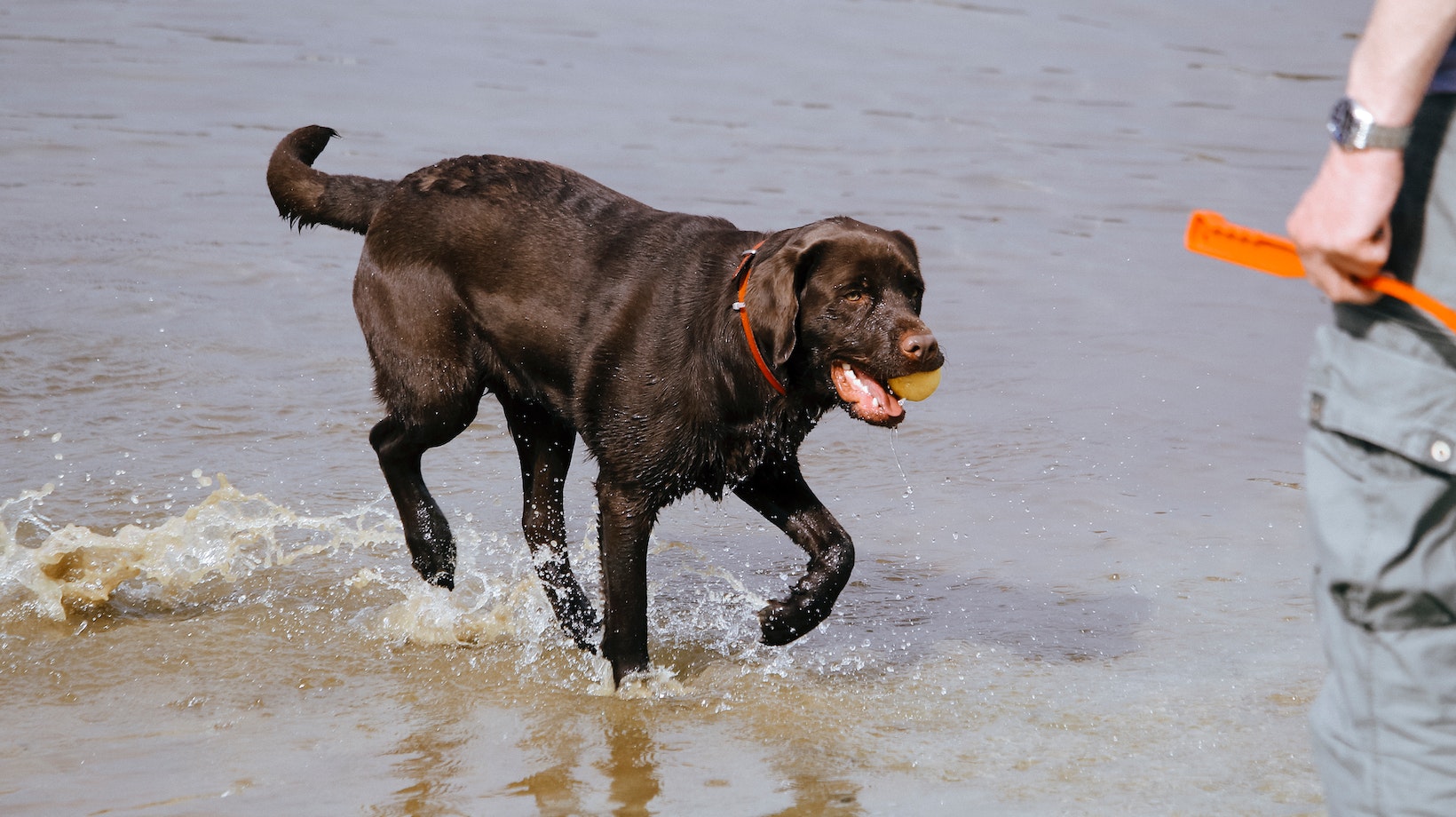How To Puppy Pad Train A Dog
To begin the training process, designate a specific area in your home where you want your dog to use the puppy pad. This could be a bathroom, laundry room, or any other easily accessible space. Place the pad in that area and gradually introduce your dog to it by bringing them near it during regular potty times.
When your dog shows signs of needing to relieve themselves such as sniffing around or circling, gently guide them towards the puppy pad. Use positive reinforcement techniques like praise and treats when they successfully use the pad. Consistency is key here – reinforce this behavior consistently until it becomes a habit for your furry friend.
Firstly, choose a suitable location in your home for the designated area. Ideally, it should be a quiet and low-traffic area that can be easily cleaned. A bathroom or laundry room often works well for this purpose. Make sure the space is not too far away from where your puppy spends most of their time.
Use Verbal Cues And Rewards
During each bathroom break, use consistent verbal cues such as “go potty” or “do your business” to communicate with your dog what you expect them to do. Be patient and give them time to sniff around and find the right spot on their puppy pad.
When they successfully use the pad, offer plenty of praise and rewards such as treats or playtime. This positive reinforcement will reinforce good behavior and help them associate using the puppy pad with positive experiences.
Monitor Your Dog’s Behavior
Keeping an eye on your dog’s behavior is crucial during the initial stages of puppy pad training. Watch out for signs that they may need to go outside of their scheduled bathroom breaks such as sniffing around or circling restlessly. If you notice any signs indicating that they need to go potty, quickly redirect them back to their designated area.
Be Patient And Consistent
Remember, puppy pad training takes time and patience. Accidents may happen along the way, but it’s important not to scold or punish your dog for mistakes. Instead, focus on reinforcing positive behavior and consistency in their routine. With time and practice, your furry friend will become more accustomed to using the puppy pad consistently.
Establishing a consistent routine is a crucial aspect of successful puppy pad training. By designating a specific area, setting regular bathroom break times, using verbal cues and rewards, monitoring behavior, and maintaining patience and consistency throughout the process, you’ll be well on your way to effectively training your dog to use puppy pads.

Reward-Based Training Techniques For Puppy Pad Training A Dog
- Treat-based Rewards: Using treats as rewards is a popular method in training dogs. It allows you to reinforce positive behavior and create a positive association with using the puppy pads. Here’s how you can incorporate treat-based rewards into your training routine:
- Start by placing the puppy pad in an easily accessible area for your dog.
- Whenever your dog uses the pad correctly, immediately reward them with a small treat and praise them enthusiastically.
- Gradually reduce the frequency of treats over time but continue praising verbally or using other forms of non-food rewards.
- Verbal Praise and Positive Reinforcement: In addition to treats, verbal praise plays a crucial role in motivating and reinforcing desired behaviors during puppy pad training. Dogs thrive on human interaction and approval, so offering words of encouragement can go a long way:
- Whenever your dog successfully uses the puppy pad, shower them with verbal praise such as “Good job!” or “Well done!”
- Use an enthusiastic tone of voice to express excitement and satisfaction when they exhibit the desired behavior.
- Combine verbal praise with physical affection like petting or gentle pats on their back for added reinforcement.
- Playtime as a Reward: For many dogs, playtime is one of their favorite activities. Incorporating play as a reward during puppy pad training adds an element of fun while reinforcing good behavior:
- After your dog successfully uses the puppy pad, engage in a short play session with their favorite toy.
- Allow them to chase, fetch, or play tug-of-war for a few minutes as a reward for their accomplishment.
- This not only reinforces the positive association with the pads but also provides an outlet for their energy.
Remember, consistency and patience are key when using reward-based training techniques. Each dog is unique, so it’s important to tailor your approach based on their individual personality and needs. By implementing these techniques consistently and positively reinforcing your dog’s behavior, you’ll be well on your way to successfully puppy pad training your furry companion.